Marronnier Park (마로니에공원)
2.5Km 2021-07-14
104, Daehak-ro, Jongno-gu, Seoul
+82-2-2148-4158
Marronnier Park was given its name due to the marronnier trees, or horse chestnut trees, growing within the area. The location where Seoul National University's College of Liberal Arts & Science and School of Law once stood, it is now a park dedicated to culture and arts open to the public. In addition to a variety of outdoor performances that take place throughout the area, exhibitions and cultural centers create a romantic atmosphere unique to the park.
Saera - Daehangno Branch [Tax Refund Shop] (세라제화 대학로)
2.5Km 2024-04-19
123-1, Daehak-ro, Jongno-gu, Seoul
-
D. Festa: Daehakro Street Performance Festival (대학로 거리공연축제)
2.5Km 2025-06-16
1, Daehak-ro 8-gil, Jongno-gu, Seoul
• 1330 Travel Hotline: +82-2-1330 (Korean, English, Japanese, Chinese) • For more info: +82-2-741-4188
Started in 2015, Daehakro Street Performance Festival provides various performances including plays, dances, mimes and more. The festival aims to provide hope and changes in daily life through diverse performances.
Seoul Tower Plaza (서울타워 플라자)
2.5Km 2016-08-18
105, Namsangongwon-gil, Yongsan-gu, Seoul
N Seoul Tower used to be the tower for broadcasting transmission and the bottom levels of the tower have restricted access to authorized staff only. Since the remodeling to the Seoul Tower Plaza in 2015, these levels are now opened the public. Visitors to the Seoul Tower Plaza building can also enjoy the terrace that is installed to serve as a walking trail for leisure walks. A beautiful panoramic view of Seoul can also be seen from 243m in x_height. at the summit of Namsan Mountain.
Namsan Seoul Tower Hanbok Culture Experience Center (남산서울타워 한복문화체험관)
2.5Km 2021-03-16
105, Namsangongwon-gil, Yongsan-gu, Seoul
Namsan Seoul Tower Hanbok Culture Experience Center is located in the lobby level (B1) of Seoul's landmark Namsan Seoul Tower. The center is designed around the theme of the Joseon dynasty, and features both large photo zones and hanbok of various styles, ranging from traditional to modern and even wedding.
Korean Museum of Straw and Life (짚풀생활사박물관)
2.6Km 2022-09-15
45, Sungkyunkwan-ro 4-gil, Jongno-gu, Seoul
+82-2-743-8787
Korean Museum of Straw and Life is a private museum dedicated to the collection, research, and display of materials and historical accounts of diverse straws and their uses in Korea. As Koreans' lifestyle in the past heavily depended on agriculture and cultivation of crops, straws and grasses were easily found and had many uses. The museum aims to educate the general public of how different straw were produced and used by Korean ancestors as well as their significance in connection with today's lifestyle.

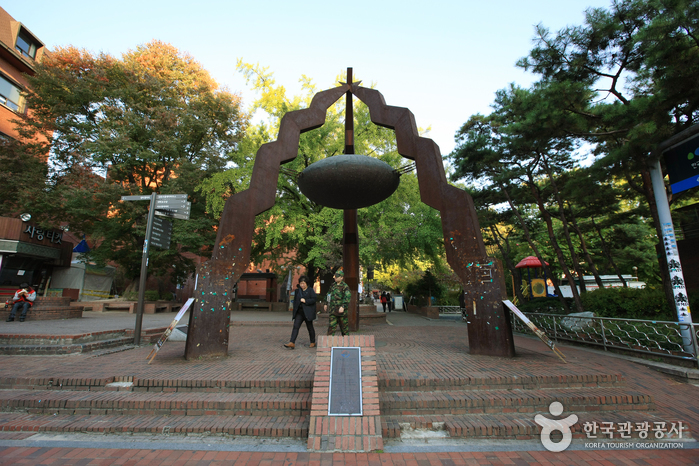
![Saera - Daehangno Branch [Tax Refund Shop] (세라제화 대학로)](http://tong.visitkorea.or.kr/cms/resource/85/2878185_image2_1.jpg)
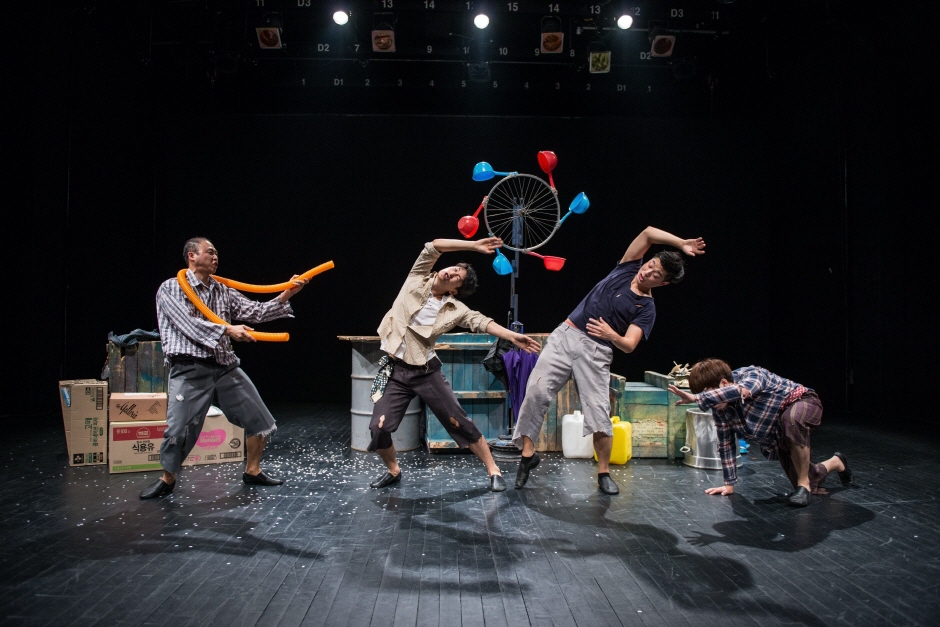
![5F N Gift [Tax Refund Shop] (5F N기프트)](http://tong.visitkorea.or.kr/cms/resource/40/2878440_image2_1.jpg)
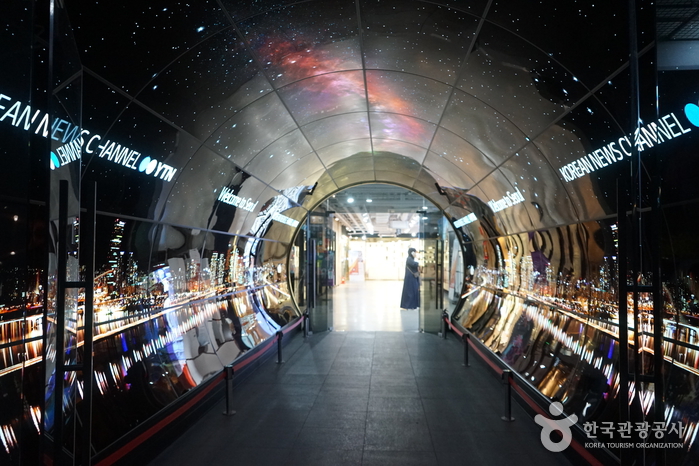
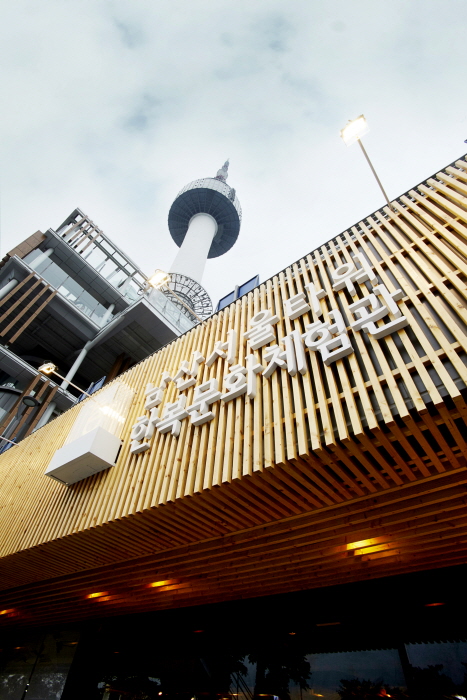
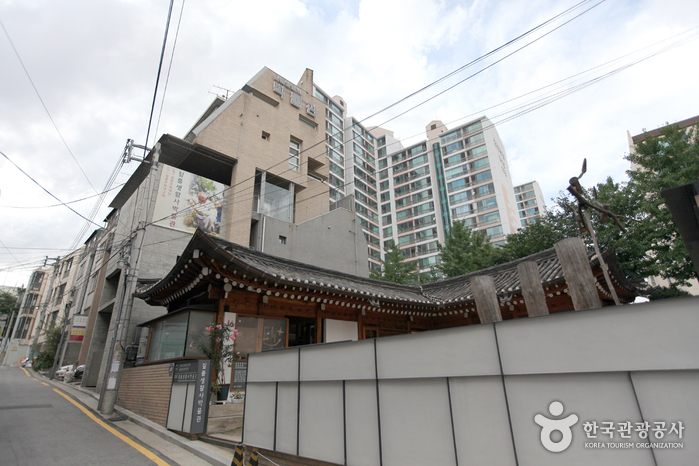
 English
English
 한국어
한국어 日本語
日本語 中文(简体)
中文(简体) Deutsch
Deutsch Français
Français Español
Español Русский
Русский